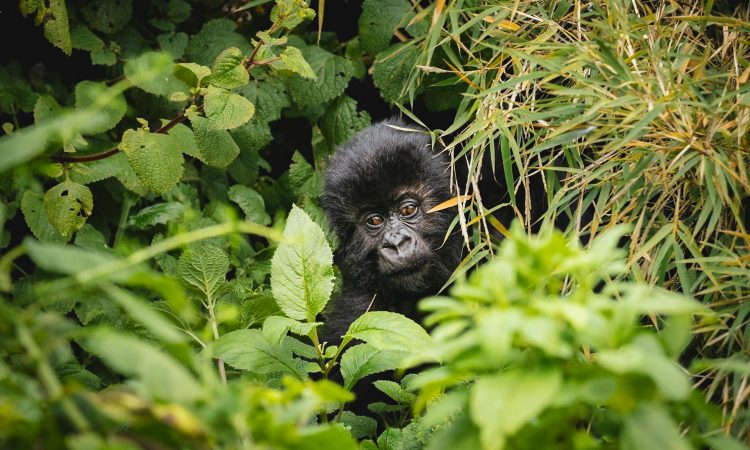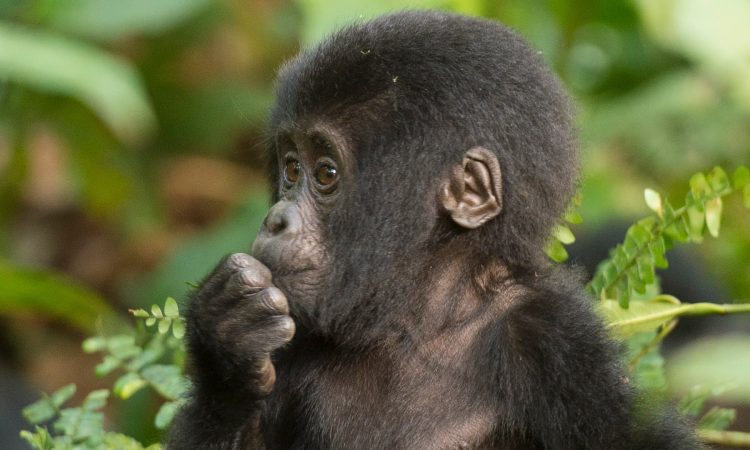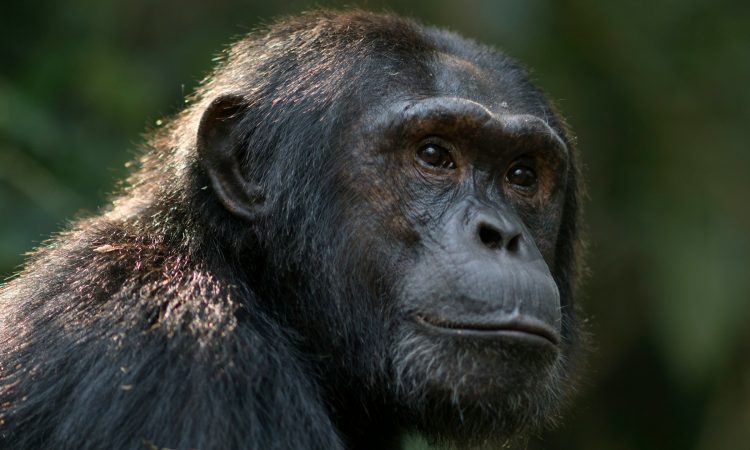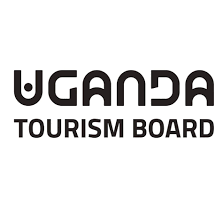Akagera National Park Review – Akagera National Park (Parc National de l’Akagera) is located in the northeastern part of Rwanda, near the border with Tanzania to the east. The park gets its name from the River Kagera, which flows along its eastern border.
Akagera National Park was established in 1934 and is one of the largest protected wetland areas in Africa. Swamps and lakes make up nearly one-third of the park. The park is mostly made up of swamps, marshes, papyrus wetlands, woodlands, lakes, grasslands, and Savannah plains, making it rich in biodiversity and an excellent habitat for wildlife.
History & Background

Before the Rwandan genocide in 1994, Akagera covered 2,500 square kilometers. However, parts of the park were later given to refugees returning after the genocide. The park now covers 1,122 square kilometers.
In the past, Akagera had the largest population of wild dogs in the region, but the Belgian government, which ruled Rwanda at the time, saw them as pests. The last wild dogs were seen in 1984 before an epidemic wiped them out.
Location & Getting There
Akagera National Park is in Kayonza District in Rwanda’s Eastern Province. The park is located on the Rwanda-Tanzania border and is just a few kilometers from the Ugandan border. It is easy to reach Akagera from Kigali. If traveling from Uganda, you can use the Ntungamo-Mirama Hills border post.
Akagera Park Entrance Fees
- Foreign non-residents: $100 (1 night), $150 (2 nights), $200 (3 nights) per person
- Rwandan/East African residents: $50 (1 night), $75 (2 nights), $100 (3 nights) per person
- Rwandan/East African nationals: $16 (15,000 RWF) (1 night), $24 (22,500 RWF) (2 nights), $32 (30,000 RWF) (3 nights) per person
- Foreign non-resident kids (6+ years): $50 (1 night), $75 (2 nights), $100 (3 nights) per person
- Rwandan/East African resident kids (6+ years): $30 (1 night), $45 (2 nights), $60 (3 nights) per person
- Rwandan/East African national kids (6+ years): $11 (10,000 RWF) (1 night), $16 (15,000 RWF) (2 nights), $21 (20,000 RWF) (3 nights) per person
- Kids under 5 years: Free
Prices are charged per person. Visitors are not allowed to enter the park after 6:00 PM local time.
Akagera Safari Tours
Booking a safari to Akagera National Park is a fantastic way to experience Rwanda.
As the only Savannah park in the country, Akagera offers unique experiences not found elsewhere in Rwanda.
It is the only park in Rwanda where you can see all the “Big Five” animals.
Animals in Akagera National Park
Akagera is home to many wildlife species, including buffaloes, zebras, bushbucks, Maasai giraffes, elands, topis, hyenas, warthogs, oribis, sitatungas, Defassa waterbuck, roan antelopes, sable antelopes, reedbucks, civets, and various primates.
Night game drives allow visitors to see nocturnal animals like leopards and hyenas.
Other primates, such as vervet monkeys, blue monkeys, olive baboons, and silver monkeys, also live in the park.
The Big Five Animals in Akagera
During the 1994 civil war in Rwanda, all lions in the park were killed. This left Rwanda without lions for over 15 years.
Lions were later reintroduced, and Eastern Black Rhinos were also brought in. Today, Akagera is home to all the “Big Five” animals.
Visitors can spot these animals on game drives in the park.
Size of Akagera National Park

Akagera National Park now covers 1,122 square kilometers.
Before the Rwandan genocide in 1994, the park was 2,500 square kilometers. After the genocide, some of the land was given to returning refugees.
Akagera is the second-largest national park in Rwanda after Nyungwe Forest National Park.
Tourism Activities/What to Do
Akagera National Park offers many activities for tourists to enjoy. Some of these include game drives, boat cruises, fishing, nature walks, camping, bird watching, and more.
As Rwanda’s only Savannah park, the main activity here is game viewing. The park has many species of animals, and the northern part is the best area for game drives. If you visit, try to do your game drives in this section.
- Boat Safari: A boat safari on Lake Ihema gives visitors a chance to see many animals, both in the water and along the shoreline. You’ll also see plenty of birds, making it a great bird-watching experience.
- Wildlife Viewing: For those wanting to enjoy Rwanda’s wildlife, booking a Rwanda wildlife safari in Akagera National Park is a must. You’ll be amazed by what you see.
- Fishing Safaris: Fishing in Akagera is done on Lake Shakani. Tourists can fish here if they bring their own fishing equipment. The best part is that you can keep your catch. It can be cooked at your hotel for dinner or roasted by the lake while listening to the sounds of hippos. The most common fish in the lake are catfish and tilapia.
- Bird Watching: Akagera National Park has over 500 bird species, making it a paradise for bird lovers. You can spot swamp and forest birds, including the swamp flycatcher, shoebill stork, red-faced barbet, marabou stork, African fish eagle, lilac-breasted roller, Suaza shrike, long-tailed cisticola, Ross turaco, papyrus gonolek, Huglen’s robin-chat, and many others. The best times for birding are early in the morning or late in the afternoon.
Attractions/What to See
Akagera National Park has many attractions. These include Lake Ihema, Lake Rwanyakizinga, Lake Mihindi, Lake Hago, Lake Kivumba, Lake Shakani, Lake Cyambwe, Lake Nasho, and Lake Mpanga. Visitors can also see the park’s wildlife, birdlife, and much more.
The main reason to visit the park is for game viewing. It is well known for its incredible wildlife experiences.
Weather, Climate, and Altitude
Rwanda is a landlocked country bordered by Uganda to the north, Tanzania to the east, Burundi to the south, and the Democratic Republic of Congo to the west.
The country has a large plateau stretching from the west to the east, with elevations ranging from about 4,400 meters at the highest point to about 1,000 meters at the lowest.
Rwanda has two main types of tropical climate: wet-dry and moist. The longest rainy season usually starts in late March and ends in late May.
Because of its elevation, forests in Rwanda’s northern province stay moist all year. The best time to visit these areas is from June to October or December to late February.
Rwanda’s climate is influenced by the Inter-Tropical Convergence Zone (ITCZ), which brings both wet and dry seasons to the country.
Reviews and Tips
TripAdvisor Reviews: TripAdvisor is a helpful platform for reading reviews and getting information about destinations. You can learn from other people’s experiences, including their tips, criticisms, and recommendations.
For the latest reviews and updates about Akagera National Park, visit its TripAdvisor page here: TripAdvisor – Akagera National Park.
Where to Stay – Accommodation, Lodges, and Hotels

Unlike some other parks, Akagera does not have good accommodation options outside its boundaries. All the best lodges are located within the park.
Some options include Ruzizi Tented Lodge and Akagera Game Lodge.
- Magashi Camp is a top choice for luxury travelers.
- Ruzizi Tented Lodge and Karenge Bush Camp are good for those looking for a luxury experience.
- Akagera Game Lodge is a great option for budget and mid-range travelers.
It is best to book your visit to Akagera months in advance, as accommodation options in the park are limited.











